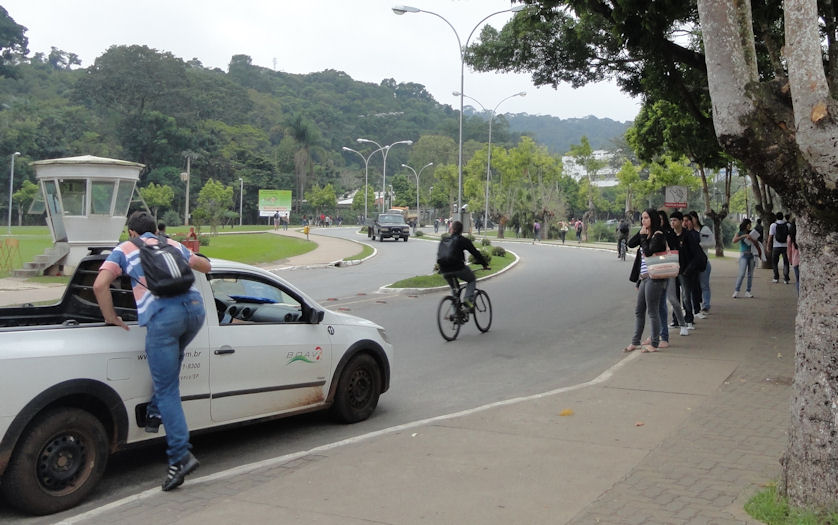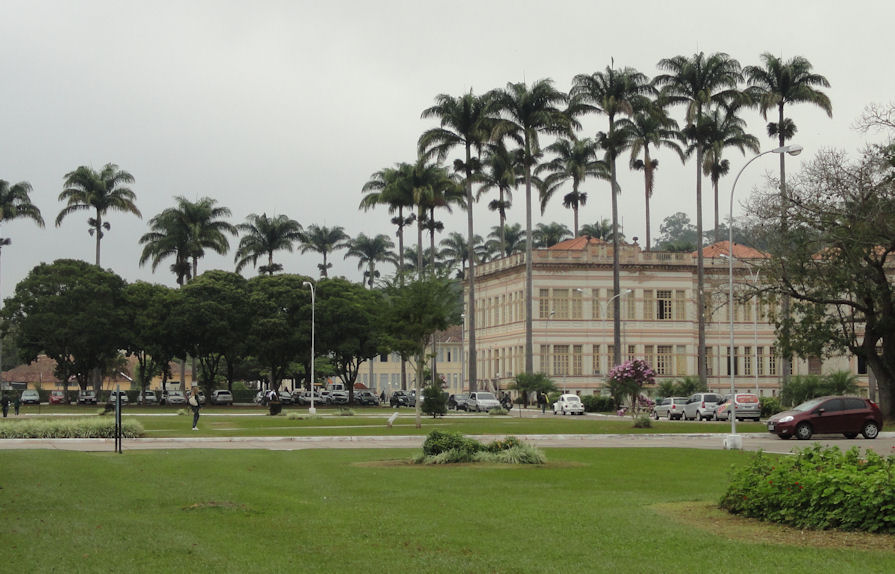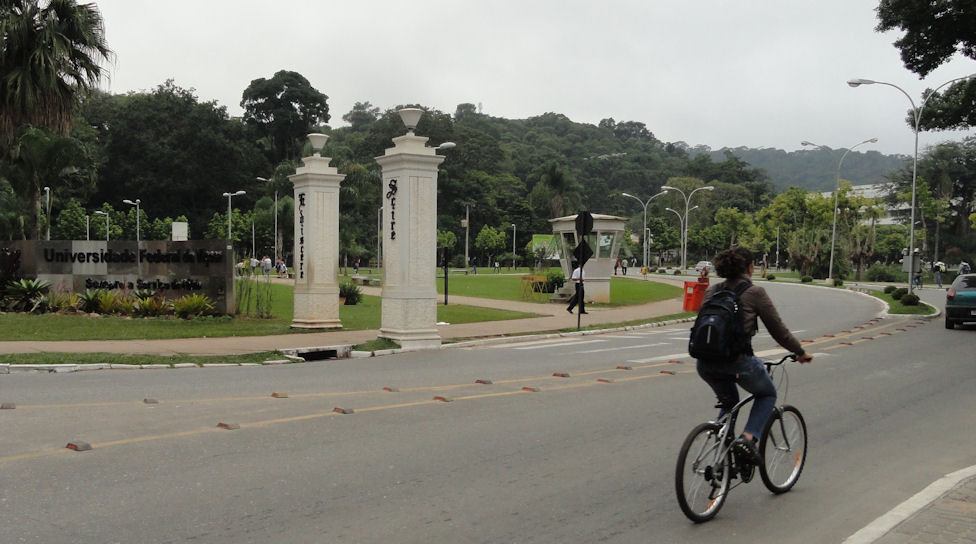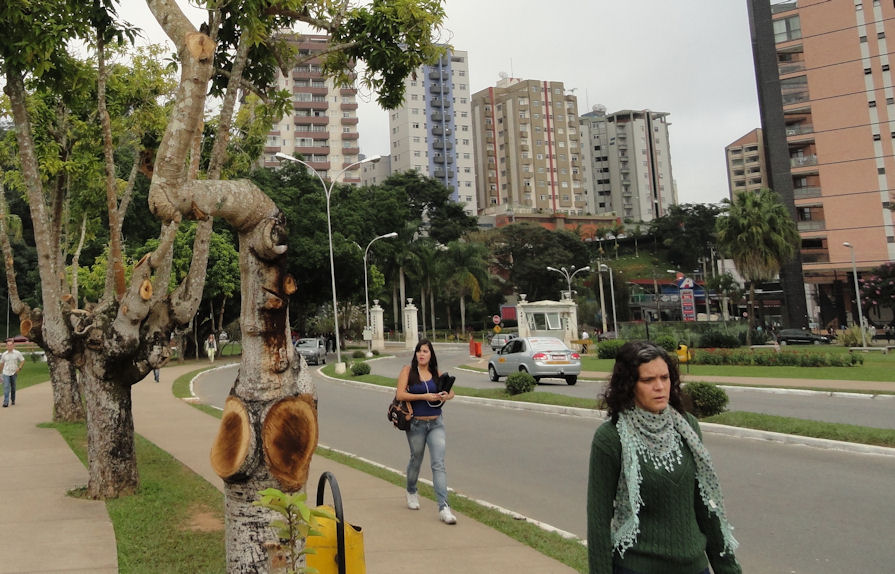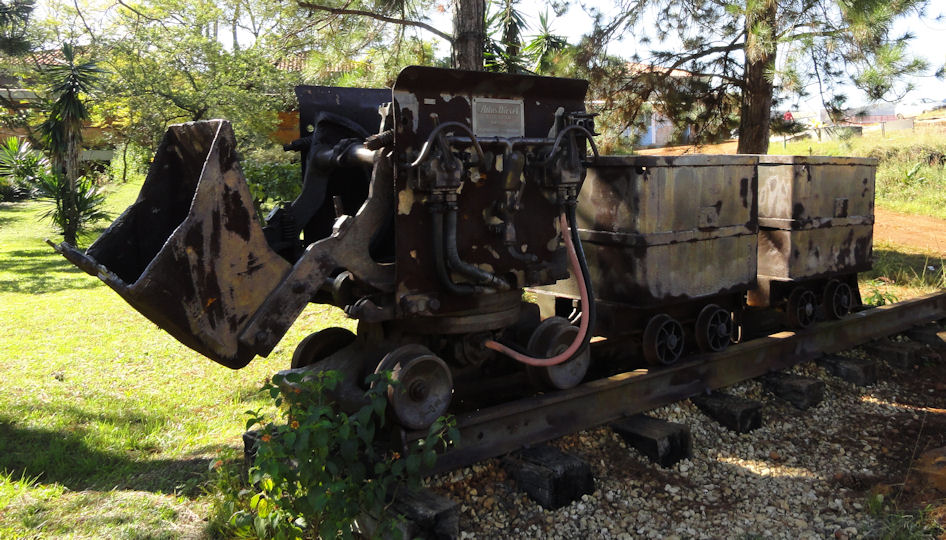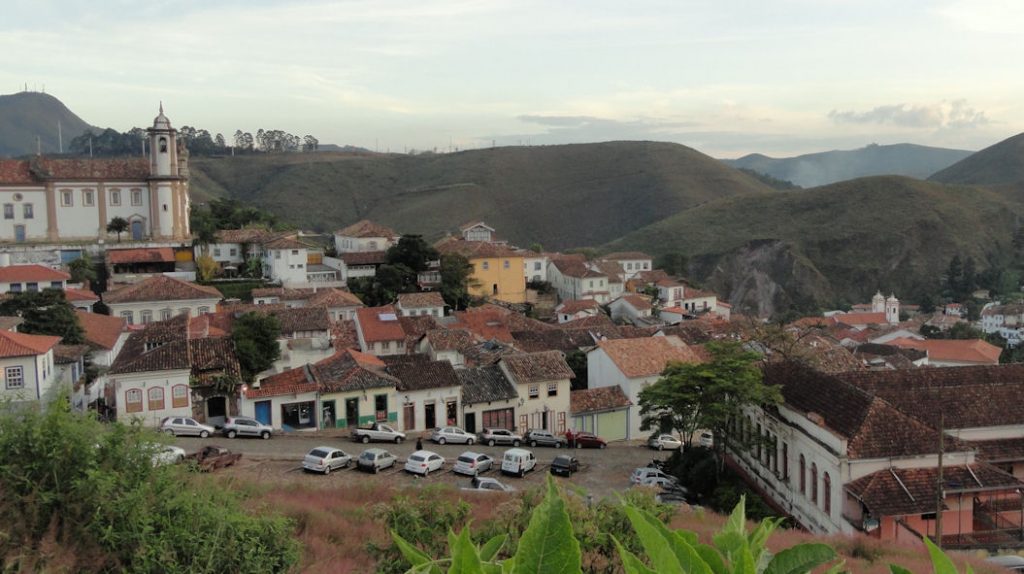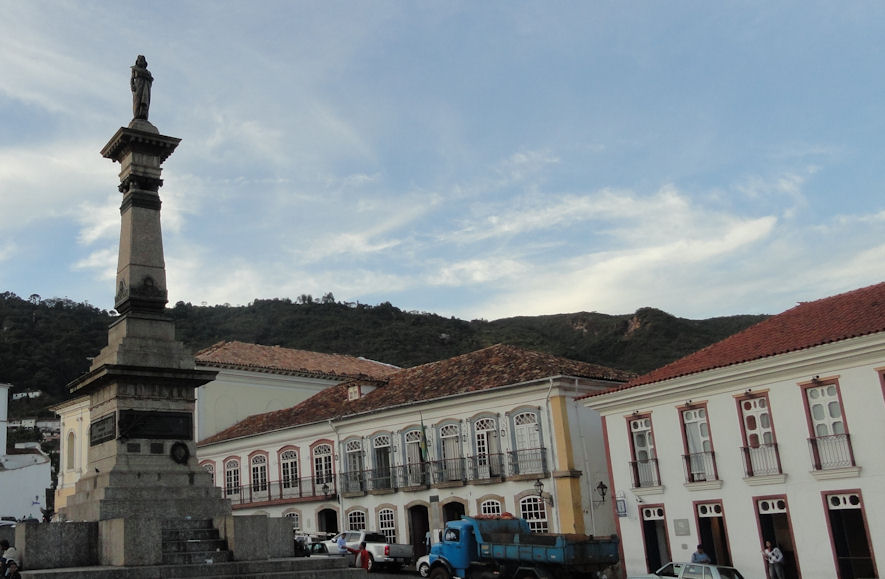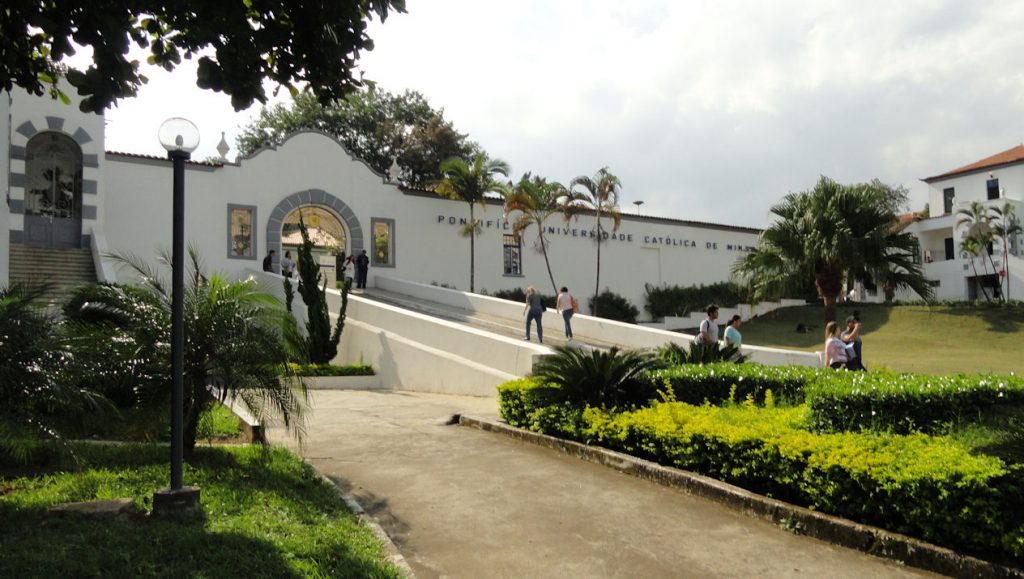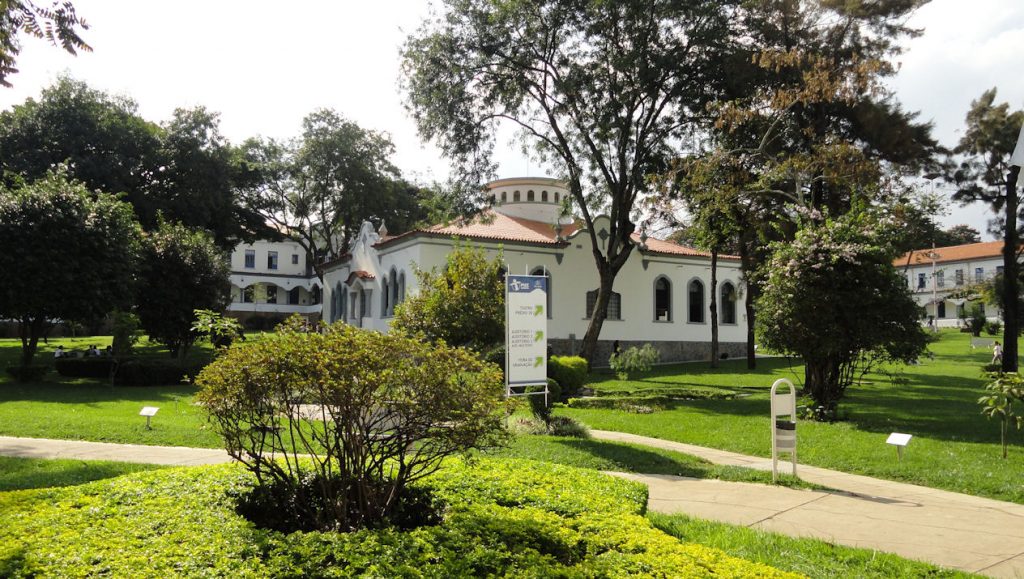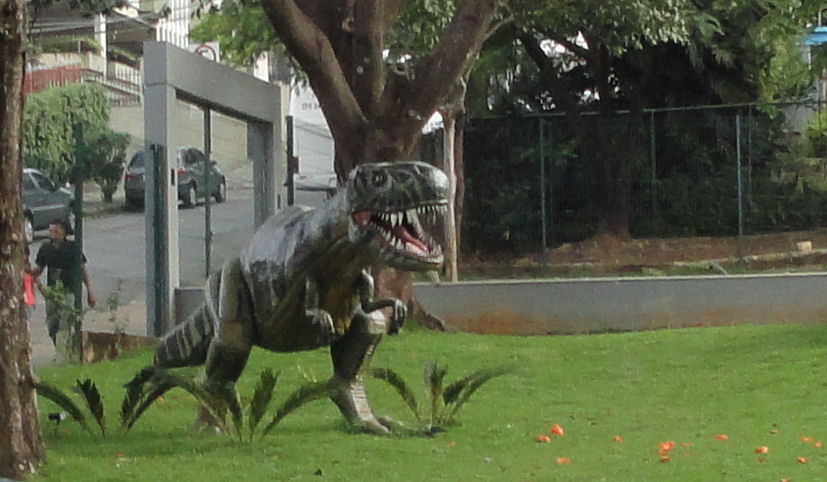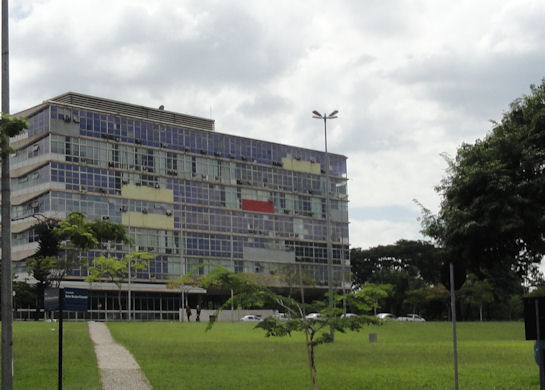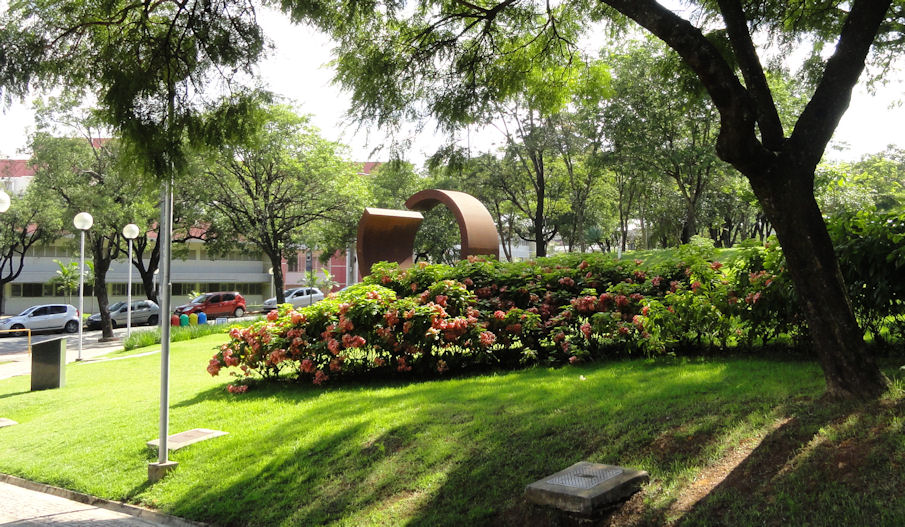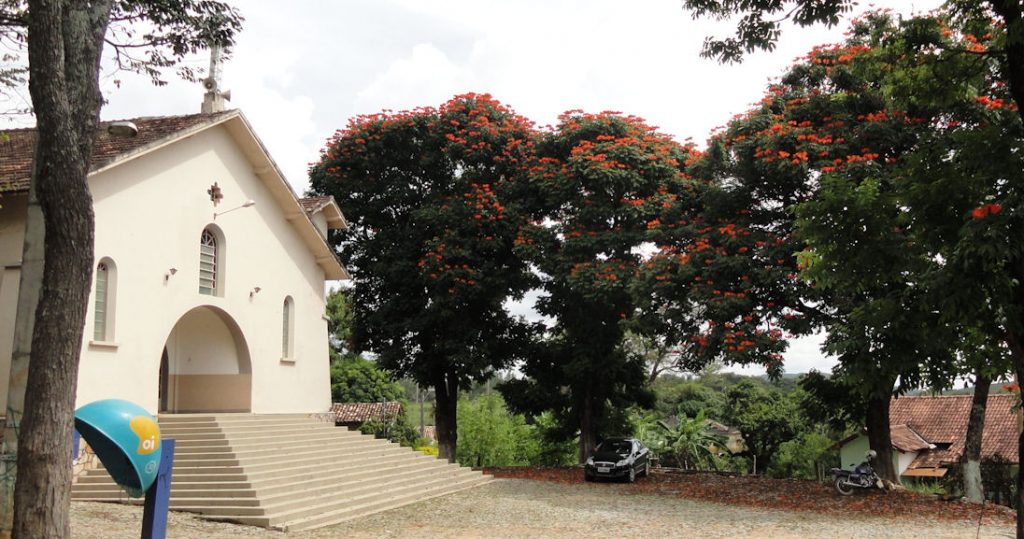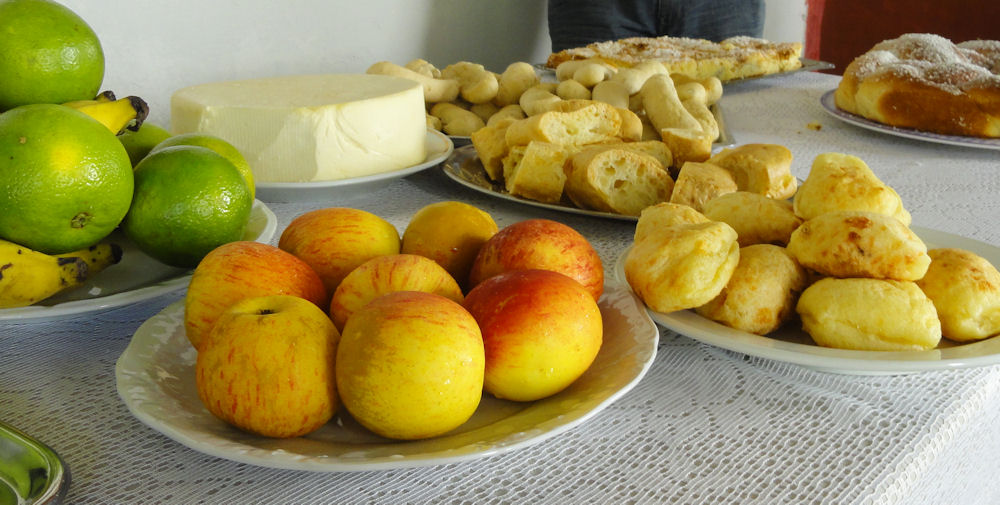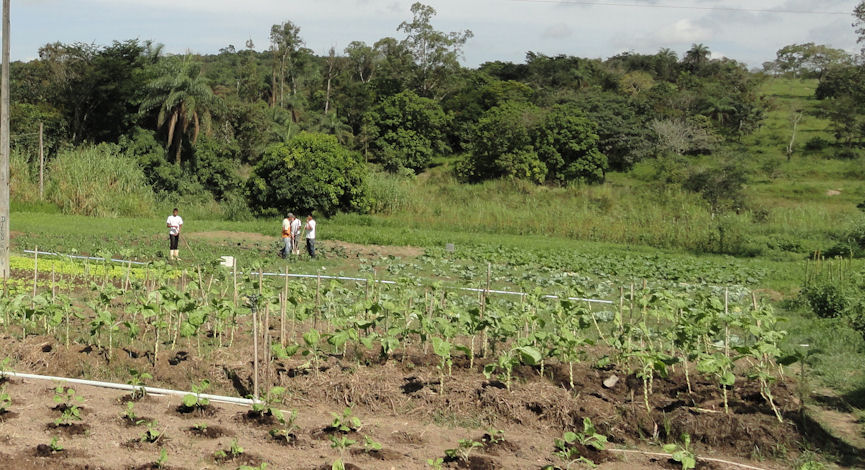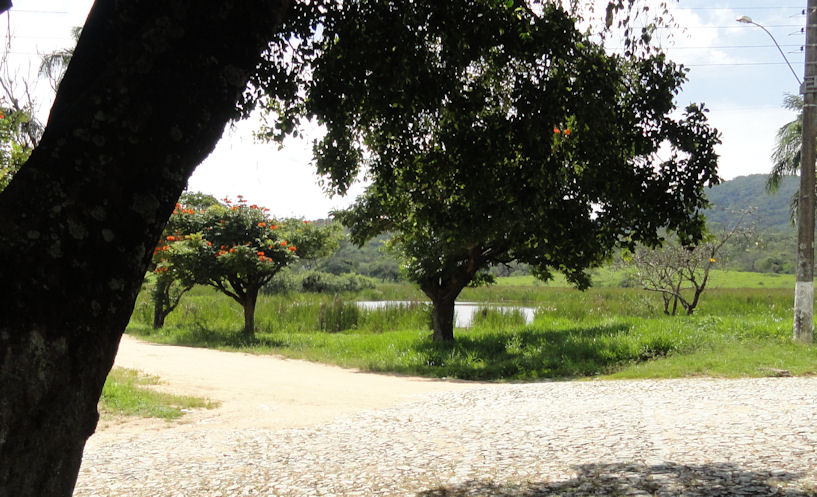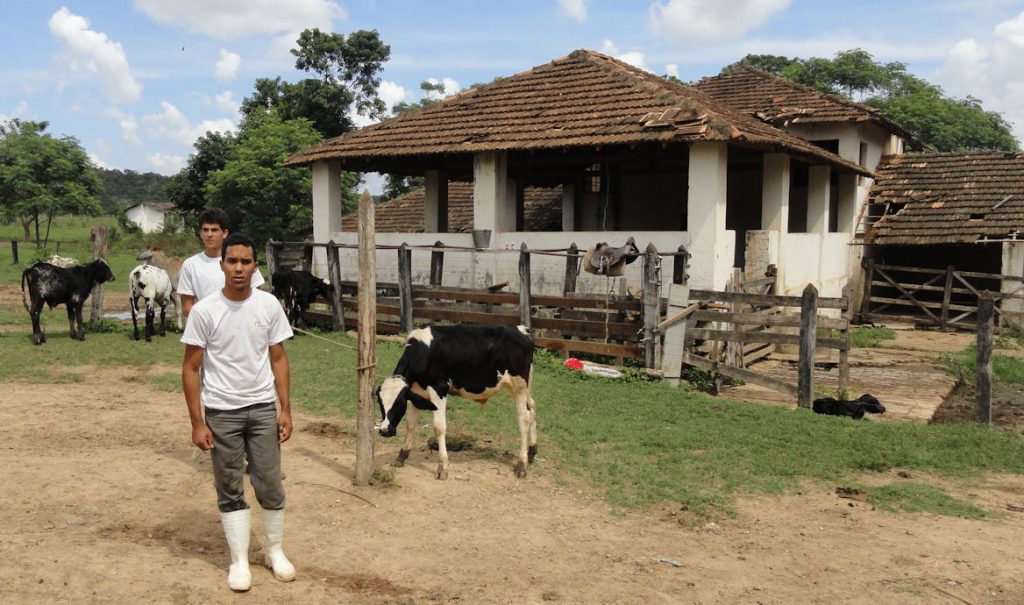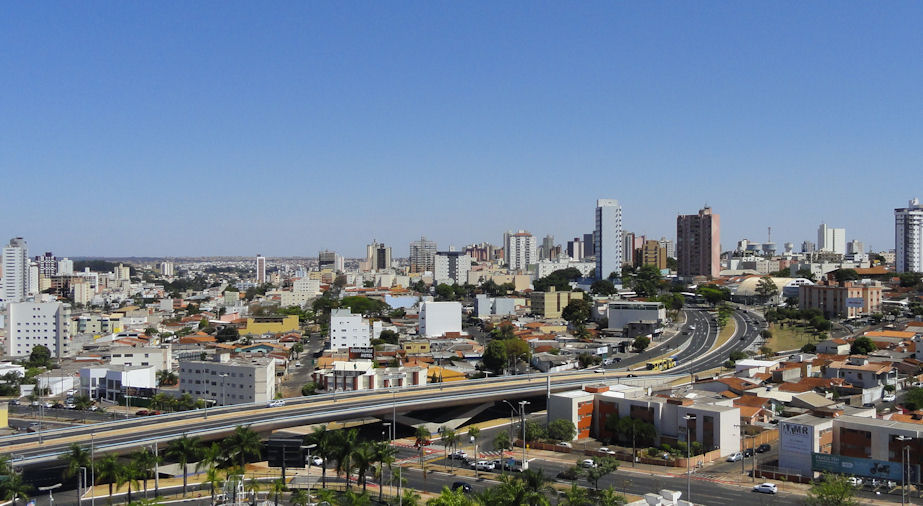
We are in Uberlândia in Minas Gerais with a delegation of HBCUs (historically black colleges and universities). We are hoping that they can get more students from SwB and make some sustainable connections with Brazilian institutions.
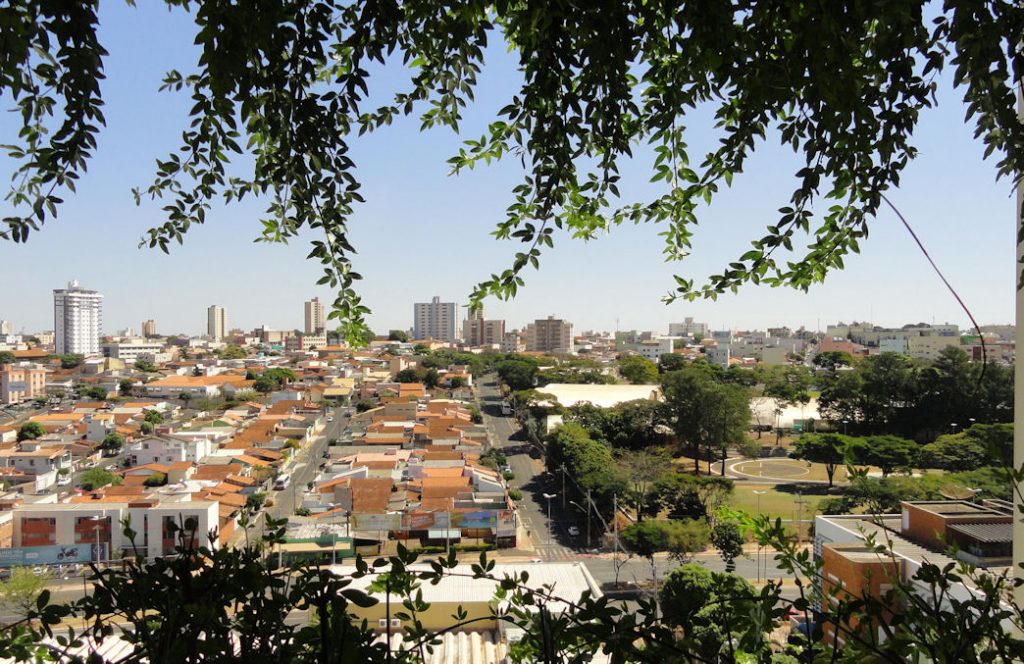
Uberlândia is a Brazilian city of aspirations, i.e. a place where people go to better their lives and maybe start something new. Big countries like Brazil and the U.S. have such places in abundance. They are up and coming. It is not a very big city. When the airplane land, they just let you out and you walk to the terminal. Generally you can only do that in small places. But the roads are very good and there are bike trails, although as you see below, horses use them too.
The city reminds me a lot of Goiânia or Campo Grande. No surprise. It is in the same general cultural and environmental zone. And this whole area reminds me of Texas. It has the same sort of energy and even looks similar. It even has the country music and cowboy culture. Cities like Uberlândia Goiânia and Campo Grande are similar to Houston in that there is not much that draws lots of tourists, but people who live in them like to live there. There are opportunities, hence the aspiration part.
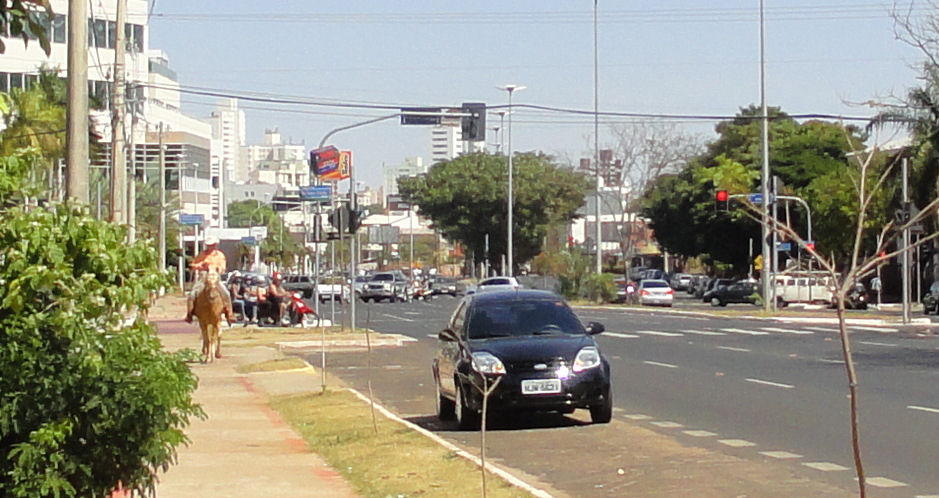
I am in the Plaza Shopping Hotel, very conveniently located in a shopping center. It is a nice place besides. I recommend it. There are lots of nice, new hotels in the Central West. They are not the tourist one, but obviously cater to business folks, again with that aspiration idea. Tomorrow we will go to the universities and see what is out there for the HBCUs and SwB in general. I will write more.

